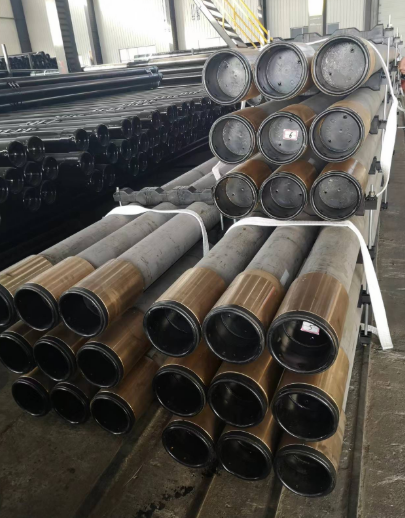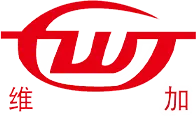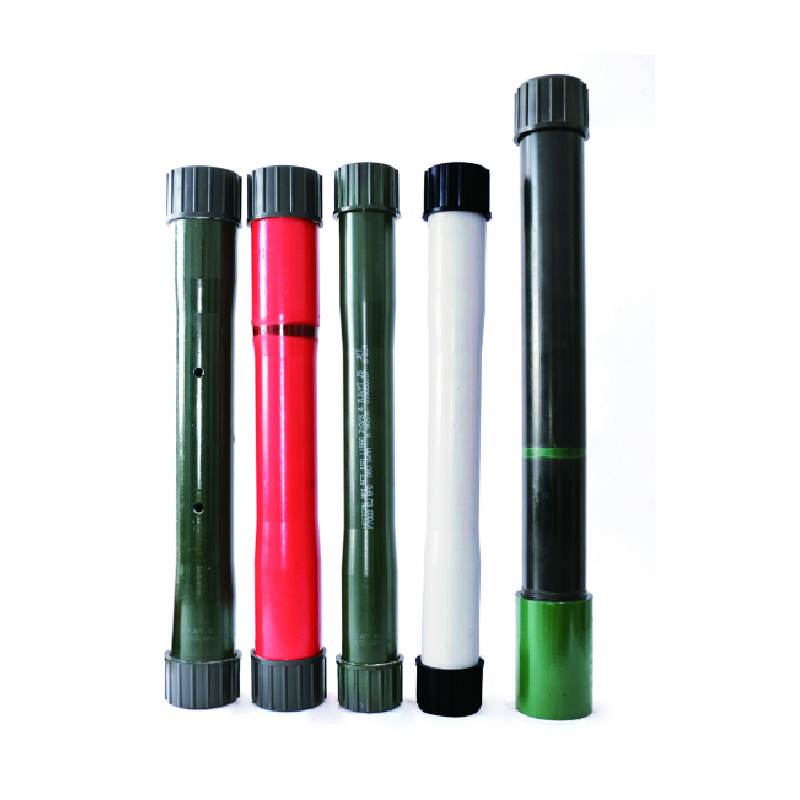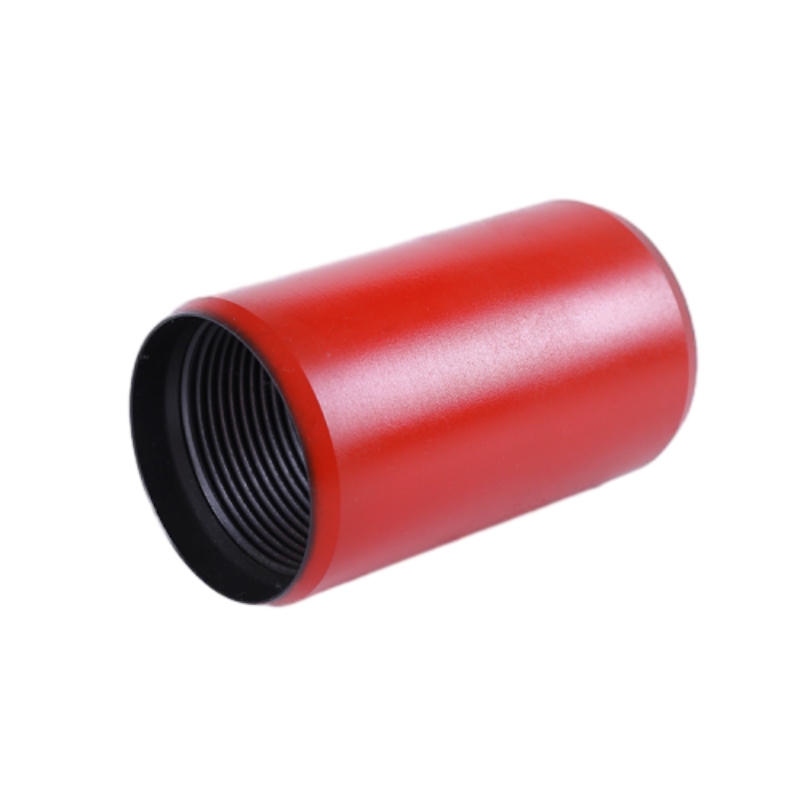Precision Flow Control in Well Completions
In modern well completions, perforated pup joints have become an indispensable tool for optimizing production and controlling flow in specific sections of a wellbore. Unlike standard pup joints, these short casing or tubing sections are engineered with precisely machined perforations along their body. The holes allow controlled entry or exit of fluids, making them particularly valuable in applications such as sand control, selective production, or injection operations. When correctly positioned, perforated pup joints enable operators to target productive zones while minimizing unwanted fluid or solid entry, thus improving well efficiency and longevity.
What Is a Pup Joint in Oil and Gas?
A pup joint is a short section of casing, tubing, or drill pipe used to adjust the length of a string for accurate placement within the wellbore. These components are vital when achieving precise depth measurements for tools, packers, or completion equipment. Pup joints are manufactured in various grades, thread types, and diameters to match the parent string. In completion and production operations, both standard and perforated pup joints play crucial roles in maintaining well integrity and functionality. While standard pup joints provide structural continuity, perforated ones introduce controlled flow paths, serving a dual mechanical and operational function.

Pipe Threader for Pup Joint Preparation
The quality of a pup joint connection heavily depends on the threading process, which is where the pipe threader becomes essential. A pipe threader is a specialized machine used to cut precise threads into the ends of the pup joint, ensuring a tight, leak-proof seal when joined with other tubular components. Threading tolerances must meet strict industry standards, especially for API-specified pup joints, to guarantee compatibility and performance under high pressure and temperature. For perforated pup joints, threading precision is equally important—imperfections can compromise sealing ability, lead to connection failures, and reduce the overall life of the completion string.
Operational Advantages of Perforated Pup Joints
Using perforated pup joints provides several operational benefits. In production wells, they allow fluids to enter the tubing in a controlled manner, improving recovery from targeted zones. In injection wells, they facilitate even fluid distribution for enhanced oil recovery or water flooding programs. Perforations can be tailored in size, shape, and placement to suit specific reservoir characteristics. Additionally, because perforated pup joints are available in shorter lengths, they can be strategically placed within a completion string without disrupting the mechanical strength or alignment of the casing.
Enhancing Completion Efficiency and Longevity
Selecting the right pup joint—whether standard or perforated—is about more than just meeting dimensional requirements. Factors such as material grade, perforation design, and threading precision determine the long-term performance of the well. High-quality manufacturing ensures resistance to corrosion, erosion, and high-pressure cycling. When sourced from reputable suppliers and paired with precision threading, perforated pup joints become an investment in both operational efficiency and production stability, reducing costly workovers and extending the productive life of the well.
Pup Joint FAQs
What is the difference between a perforated pup joint and a standard pup joint?
A standard pup joint is a solid short pipe section used to adjust string length, while a perforated pup joint includes holes for controlled fluid flow within the well.
How are perforations in pup joints made?
Perforations are usually drilled or milled to precise dimensions, often deburred and treated to prevent corrosion or structural weakness.
Can I use a regular pipe threader for pup joints?
Yes, but the pipe threader must meet oilfield threading specifications (such as API) to ensure leak-proof and high-strength connections.
In what scenarios are perforated pup joints most useful?
They are commonly used in production zones requiring selective fluid entry, sand control applications, or injection wells for targeted fluid placement.
Do perforated pup joints affect the strength of the casing string?
When properly designed and manufactured, perforated pup joints maintain sufficient structural integrity while providing controlled flow, ensuring they do not compromise the overall strength of the string.
-
Tubing Crossover - API Compatible, Custom Sizes, In StockNewsNov.10,2025
-
Tubing Coupling | High-Strength, Leak-Proof Steel CouplingsNewsNov.10,2025
-
Wholesale API Threading Casing Coupling | API 5CT, Fast ShipNewsNov.10,2025
-
Pup Joint Supplier | API Certified, Custom, Quick ShipNewsNov.10,2025
-
Pup Joint Manufacturers | Precision Machined, Fast DeliveryNewsNov.10,2025
-
Tubing Coupling | Precision Steel, Leak-Proof, Fast DeliveryNewsNov.03,2025







